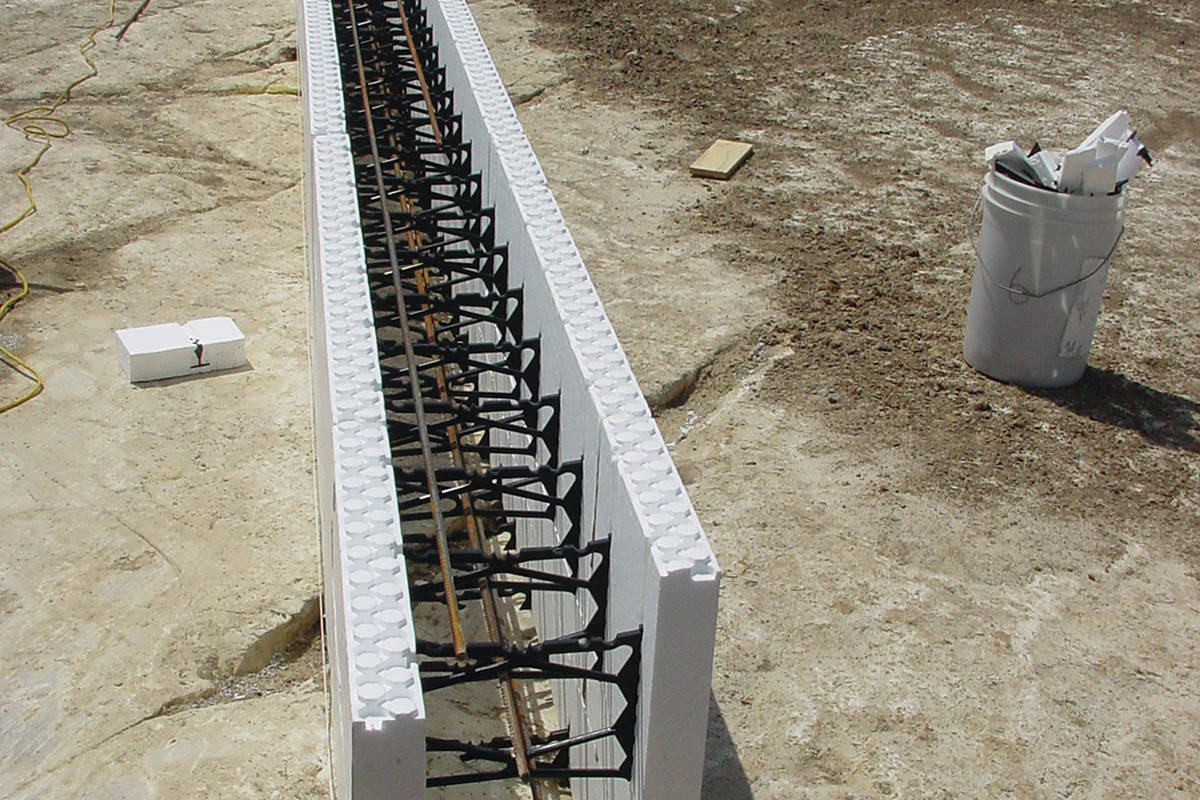
What You Need to Know About Use of Insulated Concrete Forms
Insulated Concrete Forms, or ICFs, are fantastic structures for building homes in more extreme climates: places like the Midwest and Northeast. In those areas, ICFs provide excellent insulation from the cold winter months and a comfortable barrier against the summer heat.
ICFs work by sandwiching together two panels of foam insulation that are attached to a rigid frame. The frame is made up of steel studs with an insulated concrete layer on each side. The rigid frame is used to create a hollow and insulating form. The concrete for the outside of the wall is poured, and once it has hardened, the forms are removed. Insulating barriers between studs run throughout the ICF creating an air space filled with energy-efficient insulation. You can learn more about ICF applications by doing in-depth research depending on the intended use.
Are Insulated Concrete Forms Worth it?
Over the past decade, insulated concrete forms (ICFs) have become increasingly popular. The reason is that they are a practical solution to some of the biggest problems facing a lot of commercial and residential builders in North America’s harsh climate: insulation and safety. Building code regulations have changed over time, mandating more insulation in newer homes and offices. And while this may not sound like much of an issue if you live somewhere warm, it can be a huge one as far as energy consumption goes.
The big problem is that once you have poured your concrete, you can’t just add a few inches of insulation to each wall. All the walls in a building need to be insulated, or else heat loss from one side will allow air to enter the structure at another point and make it warmer. This is especially a problem where the average temperature in winter hovers around 0°C (32°F) and the average summer temperature is 4°C (39°F).
Insulated Concrete Forms – In a Nutshell
So, what’s the best way to insulate a building? ICFs, as you might have guessed, are the answer. The general idea is this: pour a slab of concrete, then add an infill panel of blocks or whatever your preferred insulation content is. These spacers form the actual walls of the building, and they are filled in with insulation materials.
The thing is, all that insulation isn’t actually doing much in the winter. The infill panels don’t keep out all the heat and cold air coming from the outside. In fact, they are more likely to trap a lot of that cold air as it travels across the slab and back into the building. That’s why it can be difficult to get reasonable temperatures inside a structure using ICFs: all that insulation only serves as a buffer between your insulation and the heating and cooling system, which of course, is what you want.

Is ICF Construction Cheaper?
In many ways, it is! We’ll explore three reasons why ICF might be a good choice for you!
ICFs cost less upfront: Though ICFs may cost more than other materials like wood or brick, when you look at the cost of the entire structure, ICF is cheaper over time.
Depending on your local codes and ordinances, ICFs may be built faster than other kinds of construction: For example, you can build with ICFs in as little as half as much time in some municipalities. In some places, it’s as fast as one day. In others, you could be finished in as little as 3-4 weeks.
ICFs are less disruptive to the environment: Since ICFs are made of recycled materials, you’re not using any glues or binders, so the material is lower on emissions and more energy-efficient than other building materials.
Does ICF need a Vapor Barrier?
The function of a vapor barrier is to prevent condensation on the inside surface of walls and ceilings from creating indoor moisture problems. When this condensation occurs outside an uninsulated wall, it has a chance to dry back out because of direct solar warming. This will lead to normal evaporative cooling along the moisture-laden surfaces, and there is a very likely chance of mold growth in the wall cavity.
If you are looking to buy or install a new building envelope, ICF is the most common option on the market. What many people don’t know about this technology is that it needs a vapor barrier under it to create a tight seal and prevent water from getting into your home.
The biggest drawback to ICFs is that the infrastructure to support them is more advanced than concrete. While concrete slabs are still relatively easy to pour, ICFs require more technical skill and equipment.




